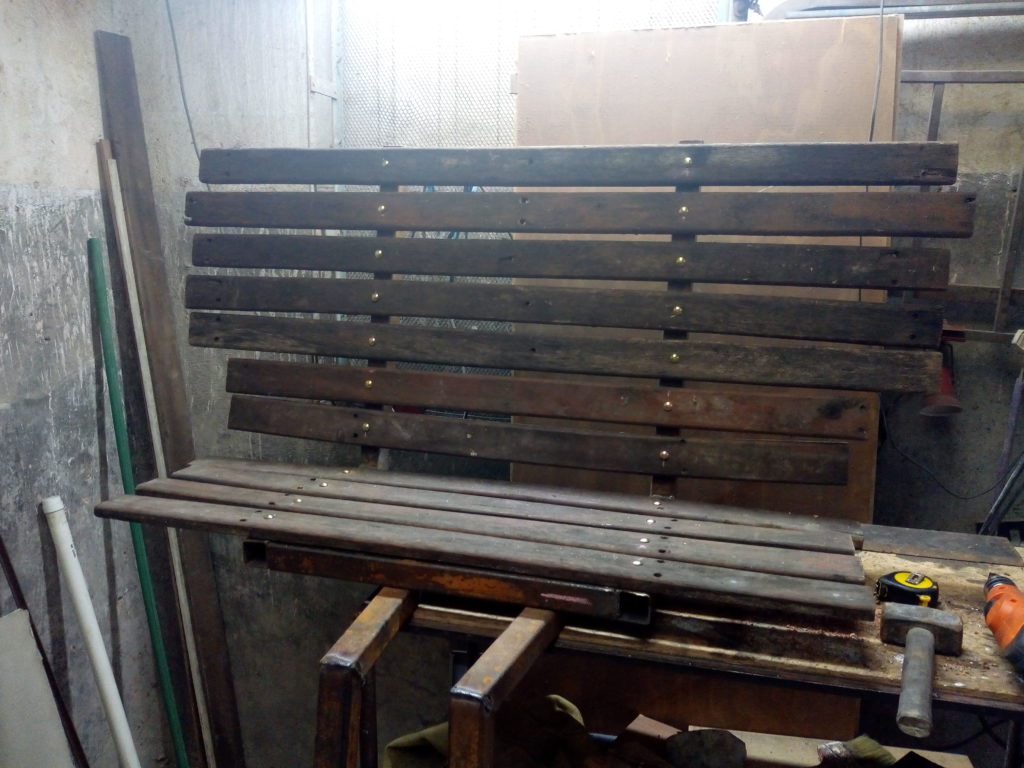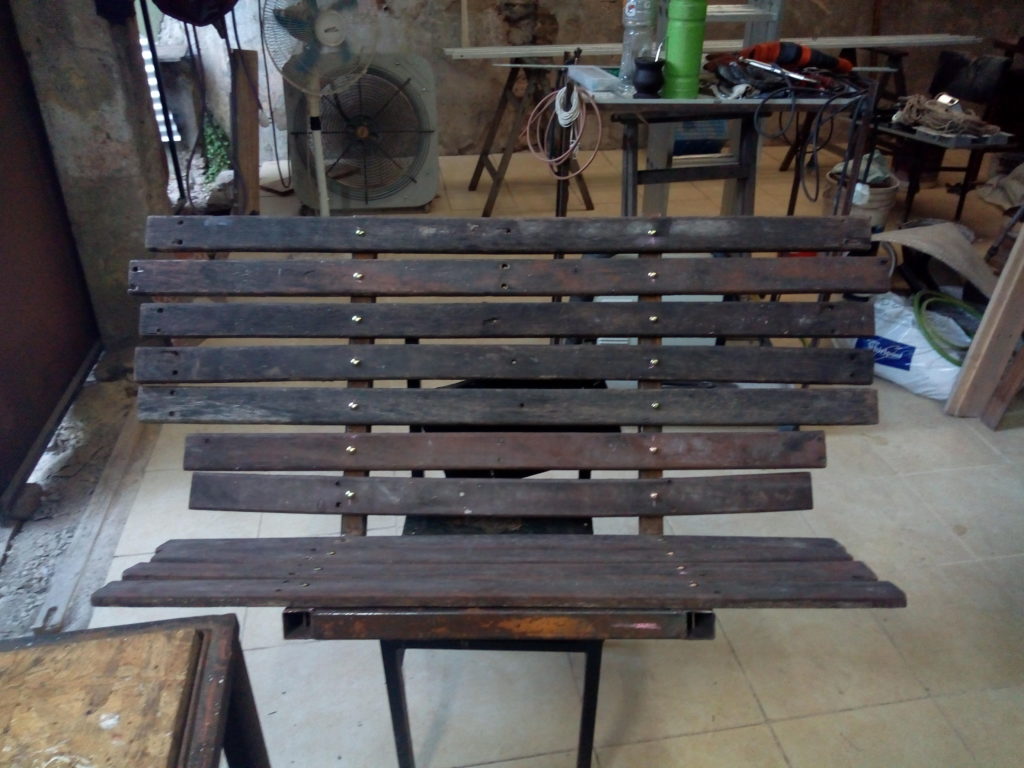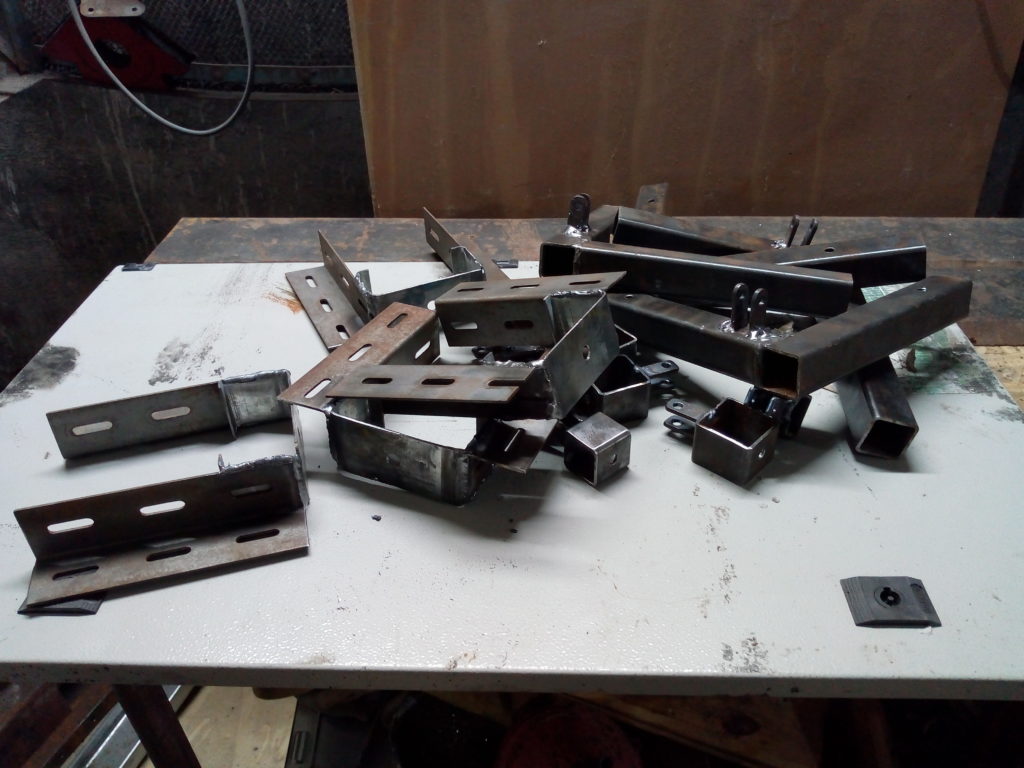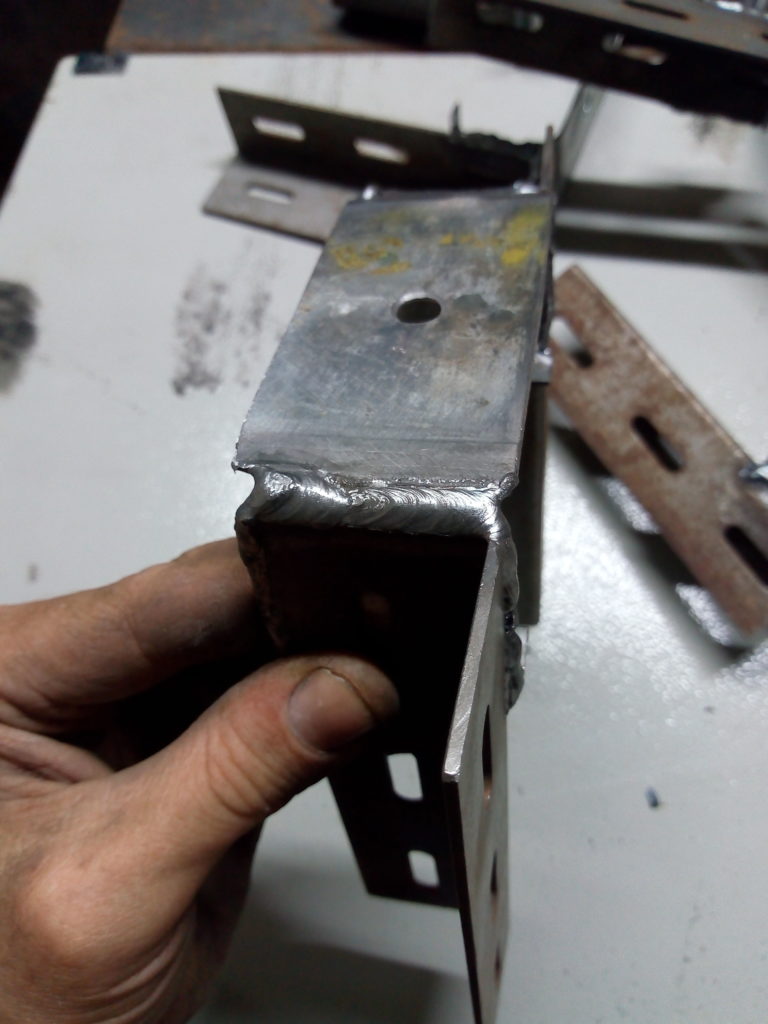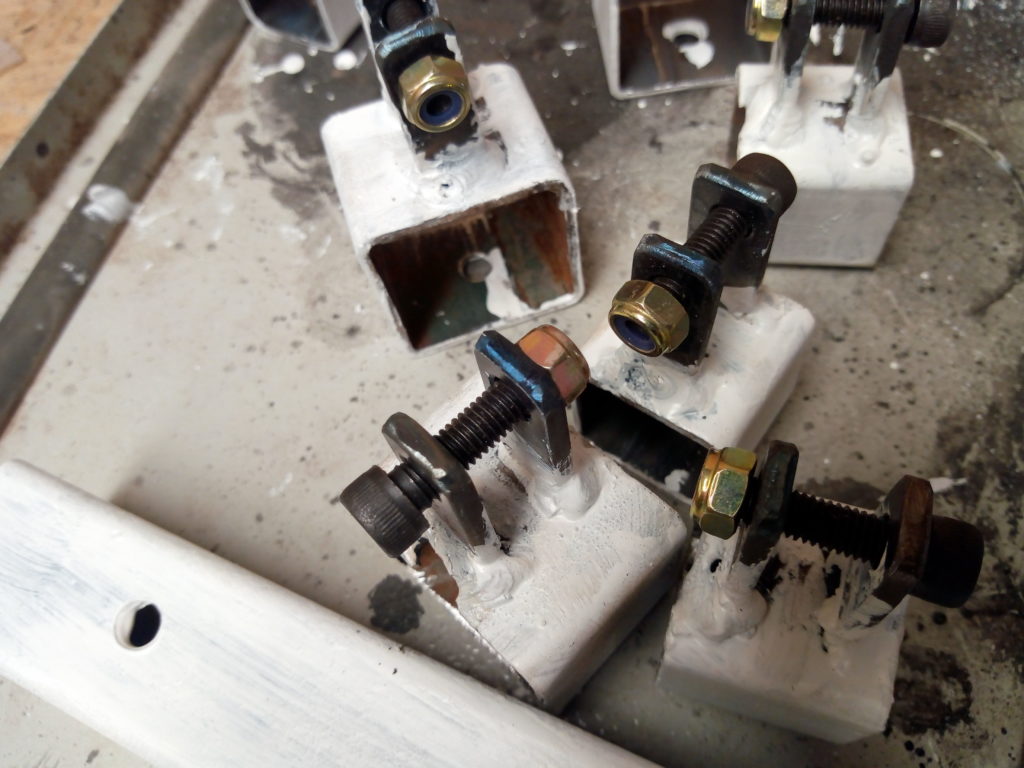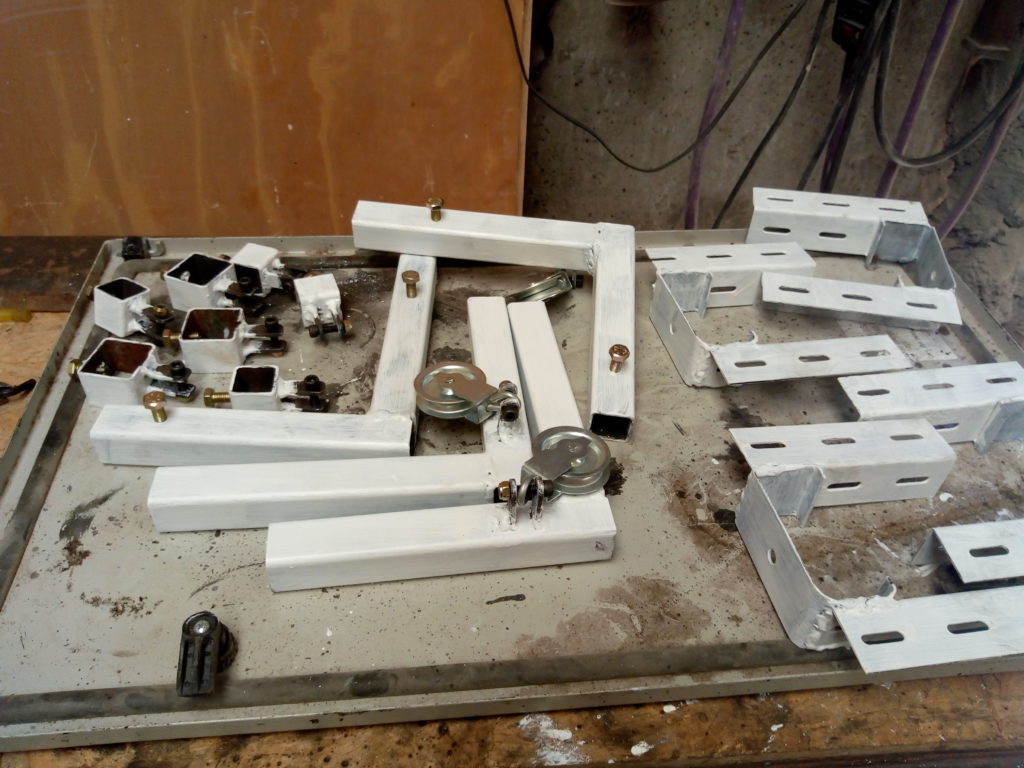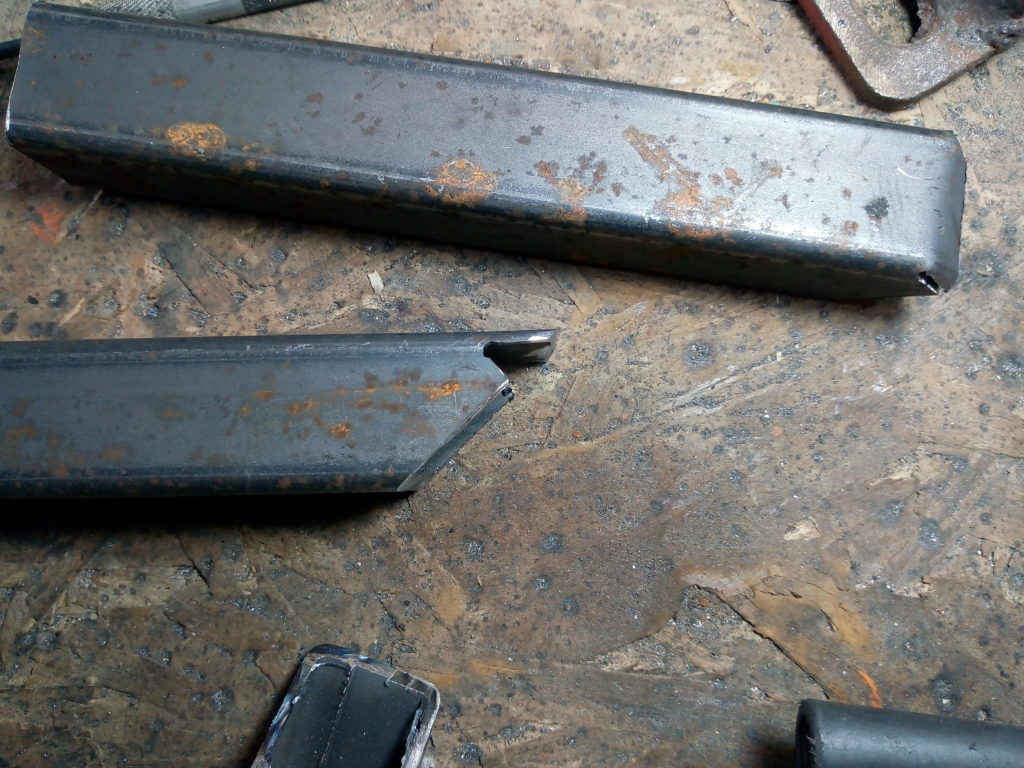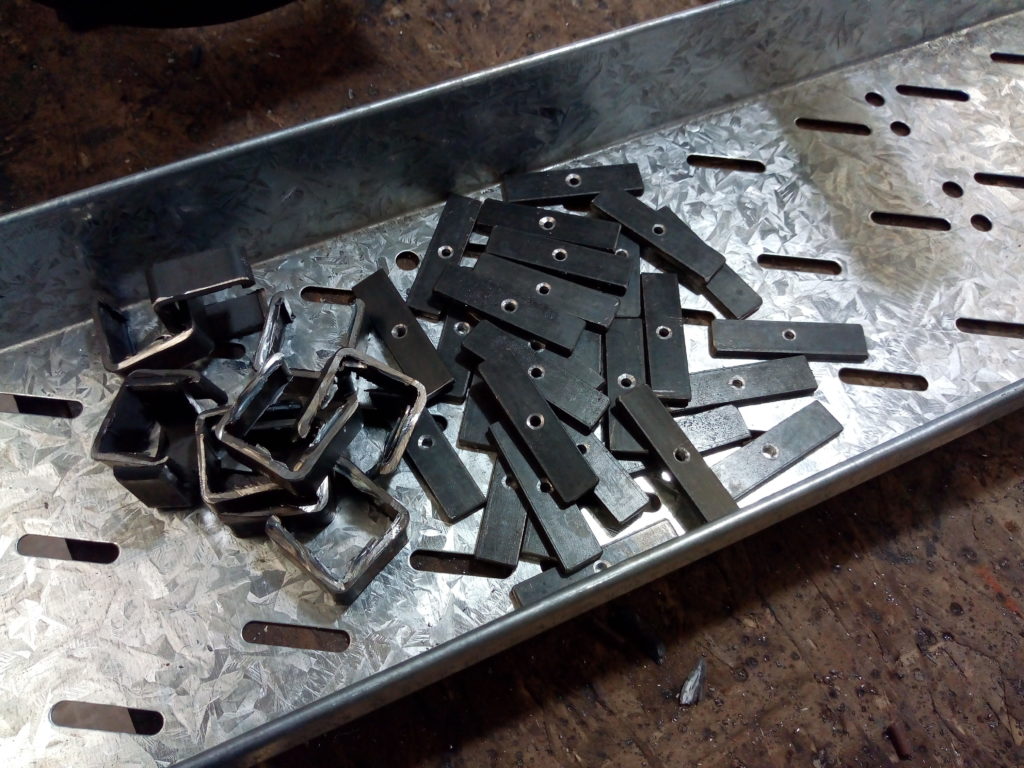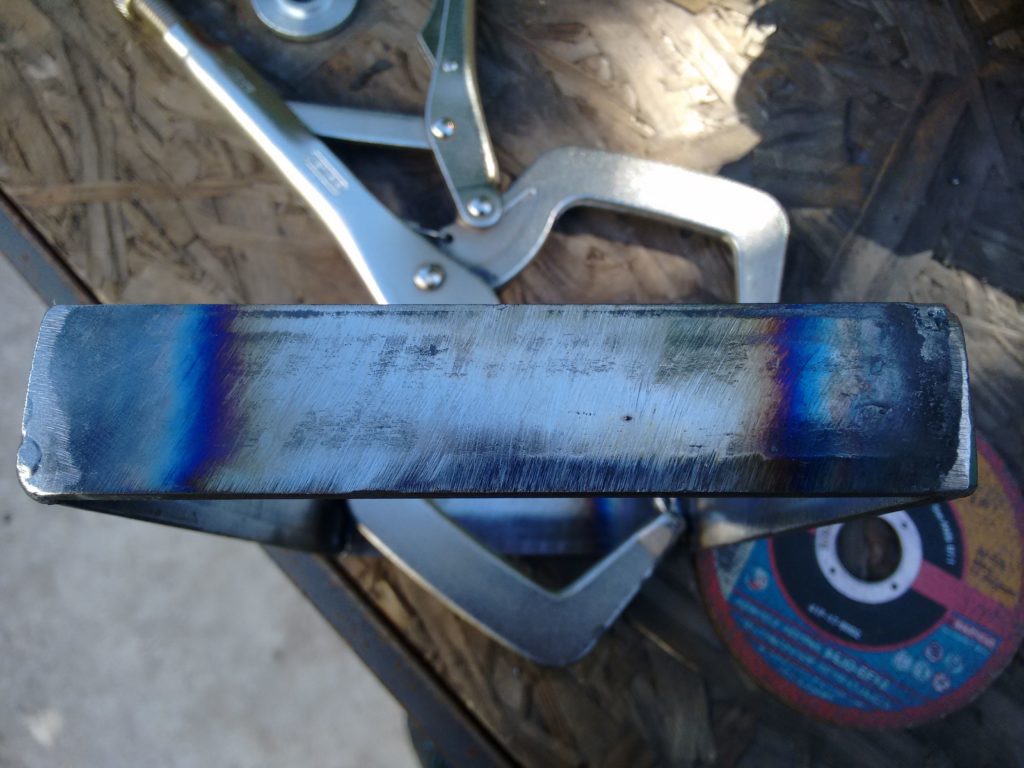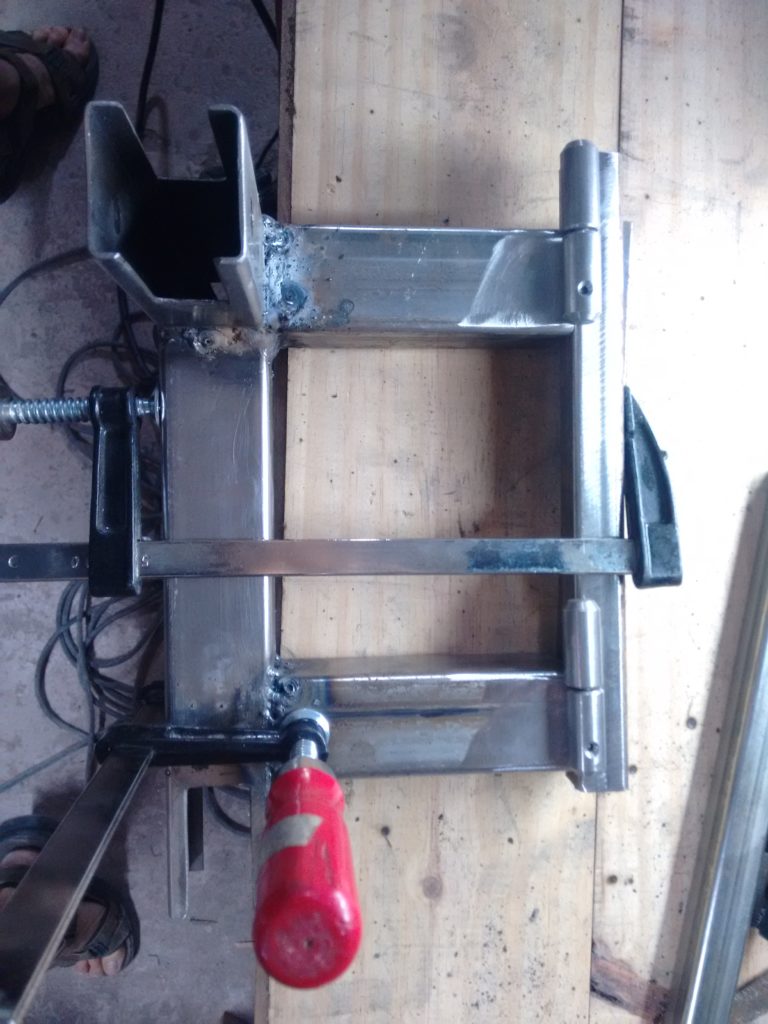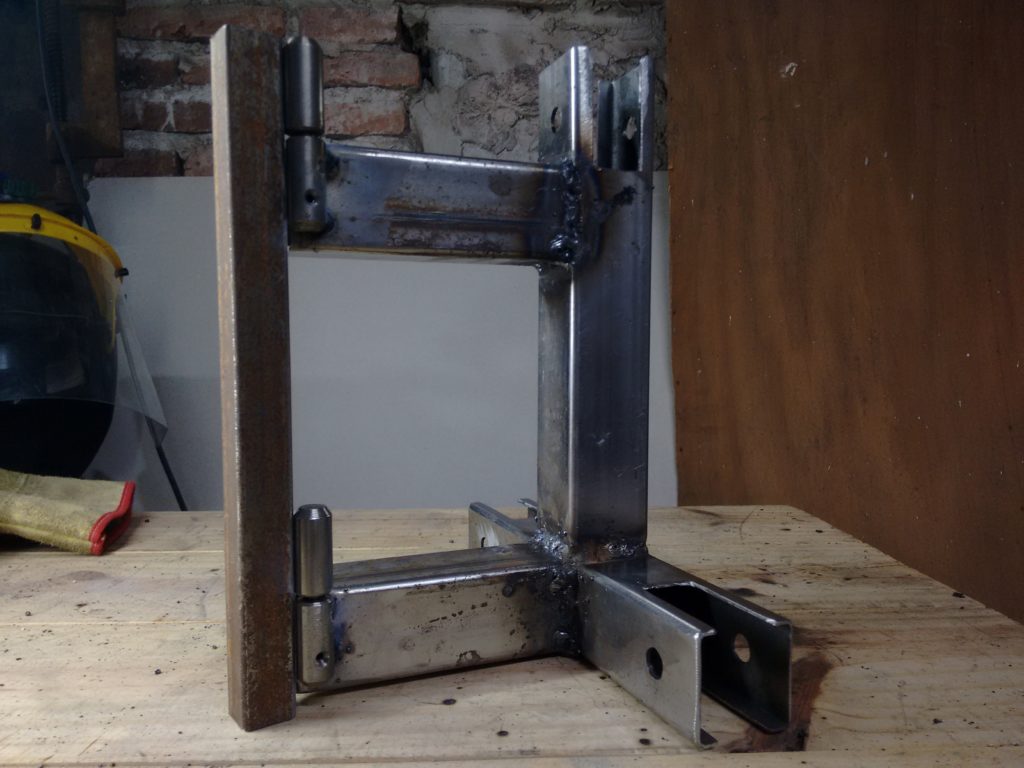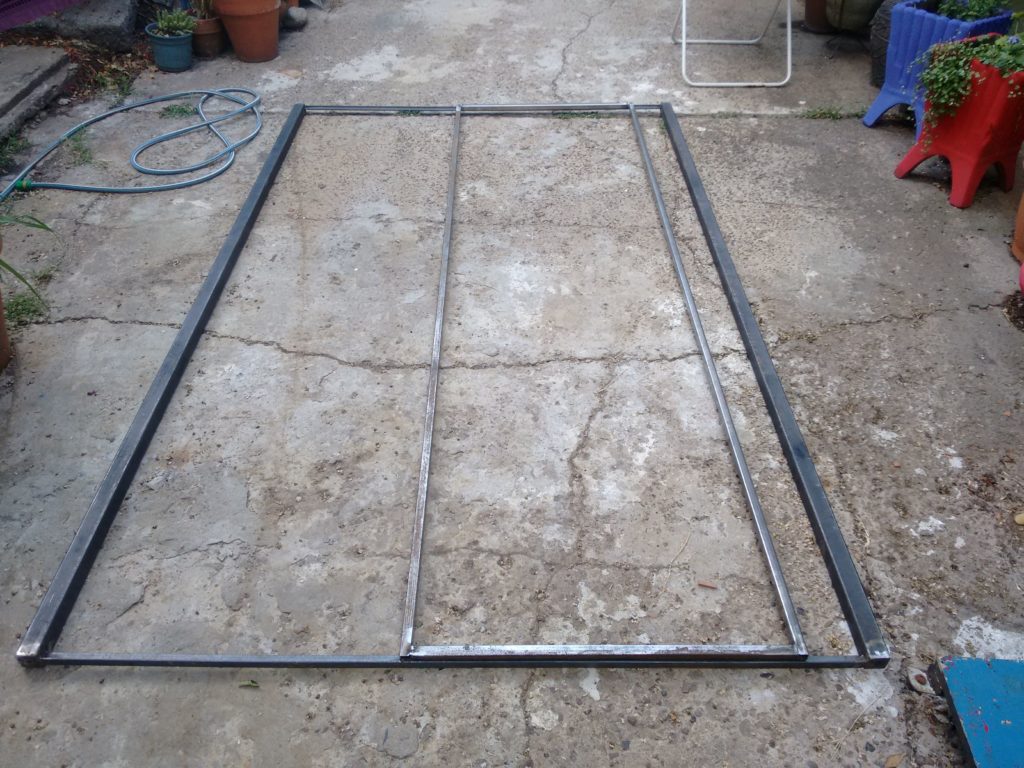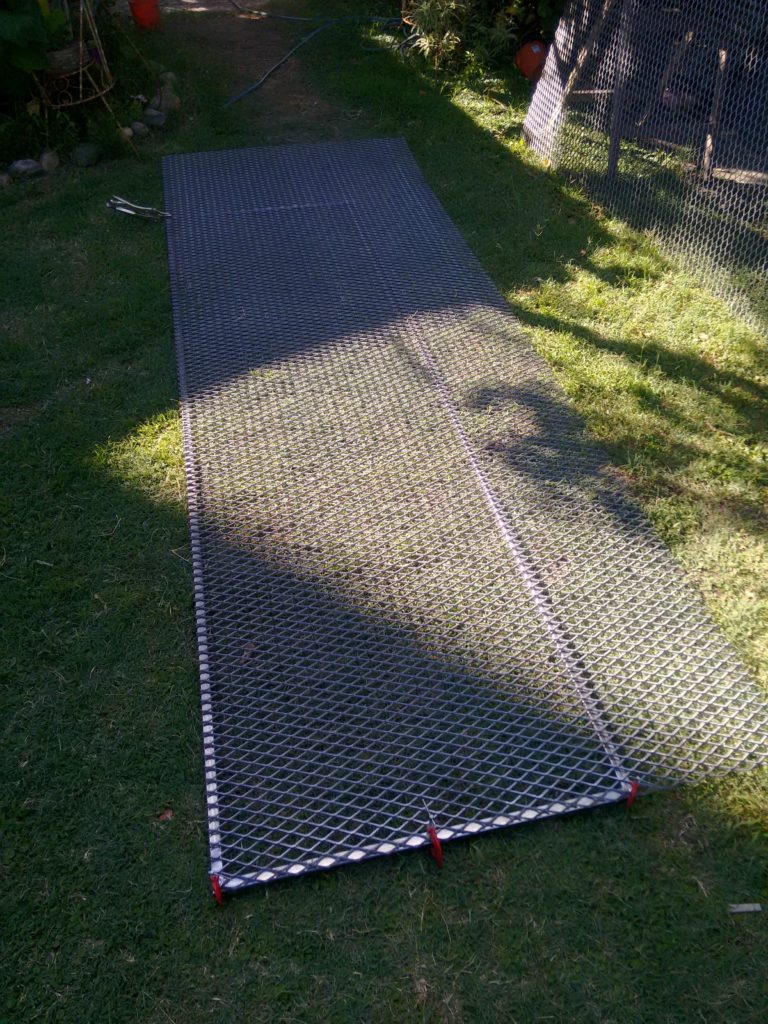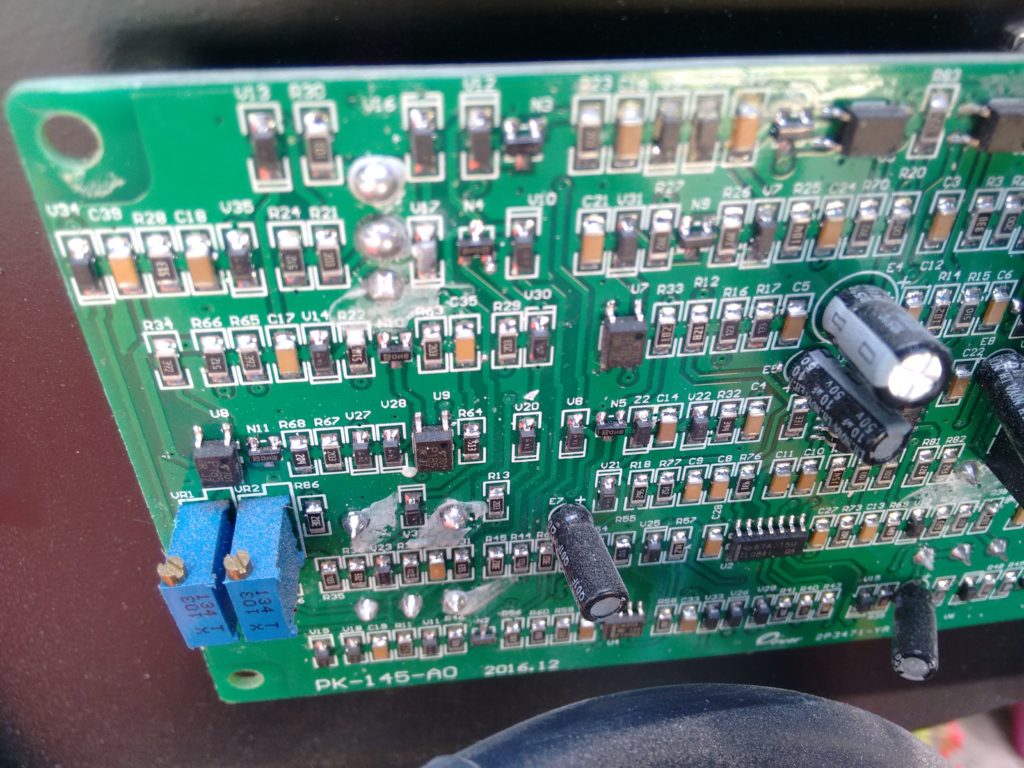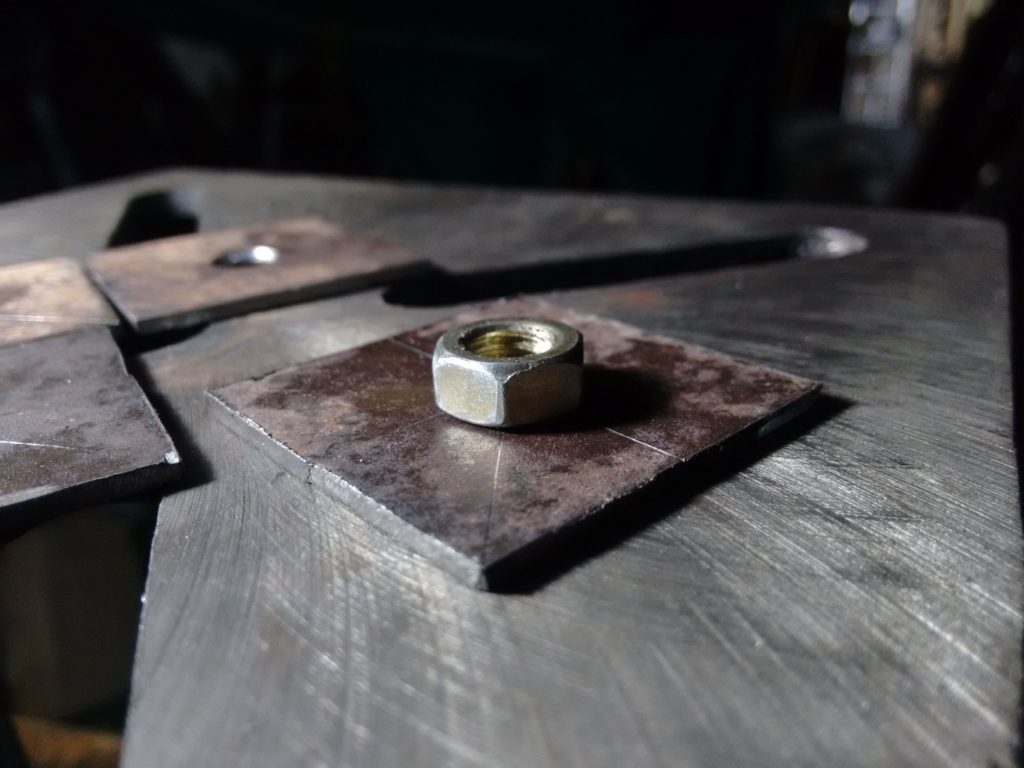Many years ago I built a remote control for our transmitter. It was pretty simple, just a dtmf decoder rescued from an old answering machine.
It served us well for a long time, however it was lost when we moved to a new location.
For the last couple of weeks I spent a while polishing the firmware and making new boards in KiCad. The original was very crude, just a simple on/off panel and delayed power sequence.
This one adds an RF sense and automatic restart, so if one of our amplifiers bails out on a power dropout we don’t have to do anything about it.
Yesterday I etched the boards. I ran out of toner and had to ask a friend to print the transfers. They came horrible but work fine nevertheless.
It’s amazing that nowadays buying an arduino and a preassembled dtmf decoder is cheaper than the single chips (and not counting the time to layout a more complex board).
All the design files are here: https://github.com/fm-futura/dtmf-remote-sequencer


